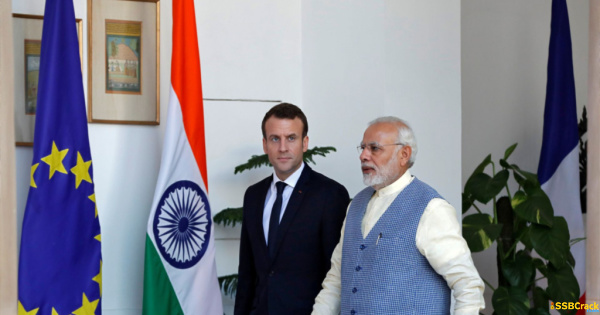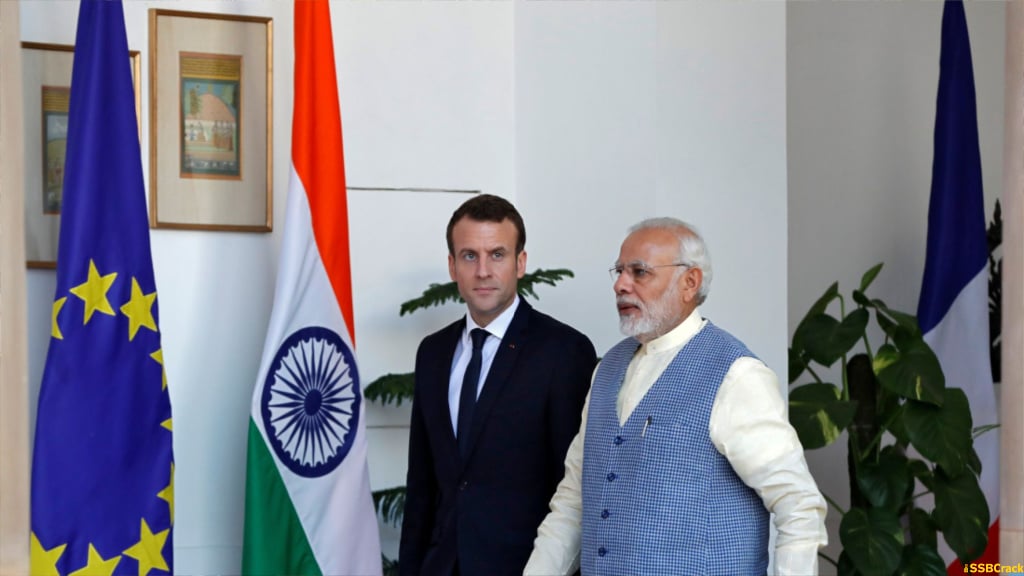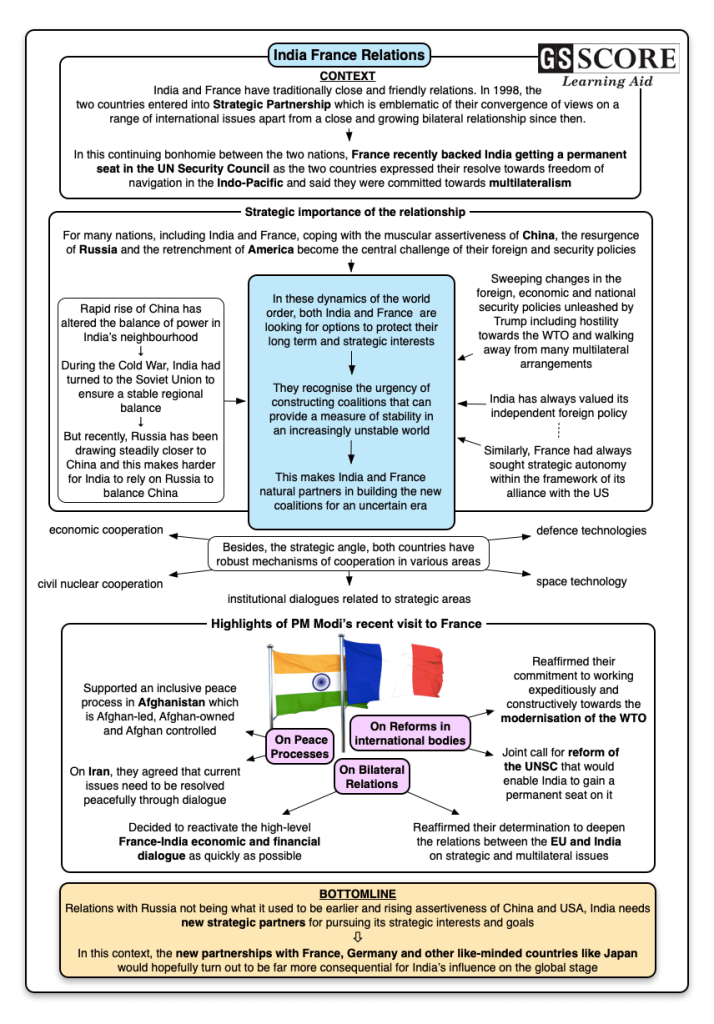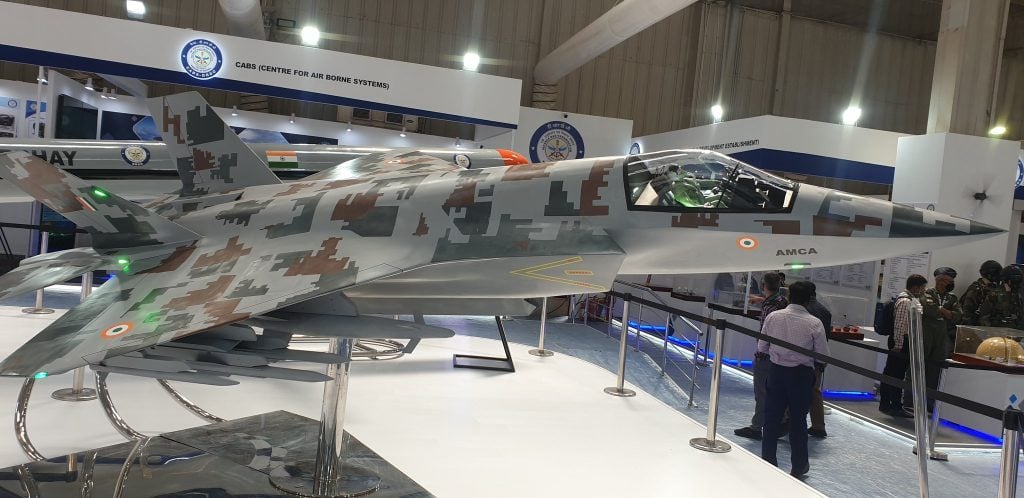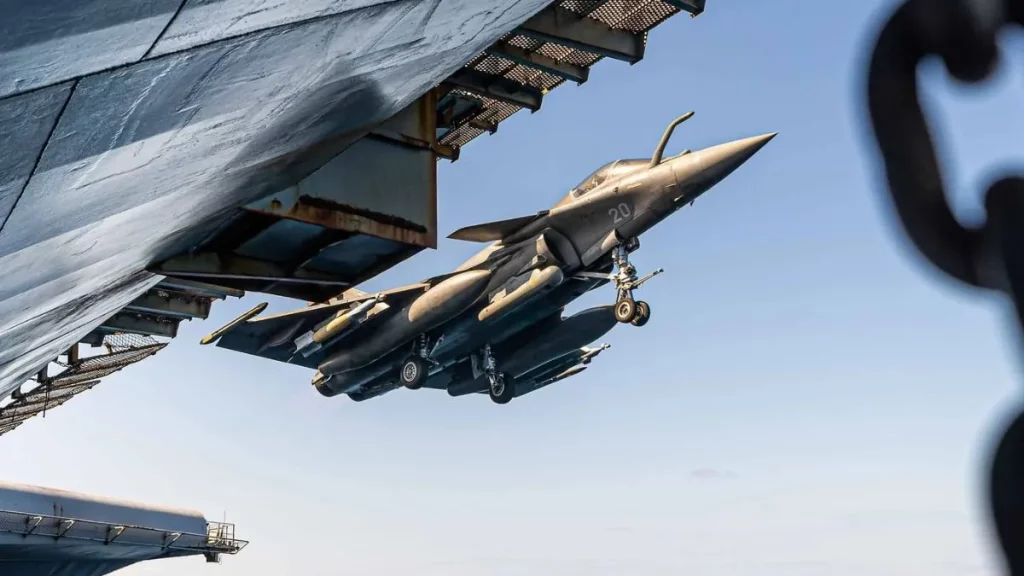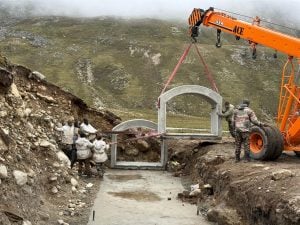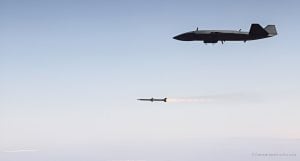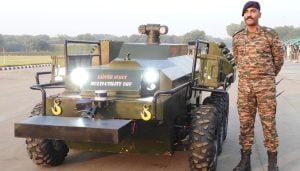During his visit to France, Prime Minister Narendra Modi will be the honorary guest at the Bastille Day Parade in Paris on July 14 and will meet with President Emmanuel Macron. All eyes are now on India’s negotiations with France to co-develop a high-thrust engine for the country’s stealth fighter jet programme, the Advanced Medium Combat Aircraft (AMCA), following Modi’s eventful visit to the US, where New Delhi managed to get Washington on board for the transfer of jet engine technology.
Aside from the co-development of a more powerful engine, the Indian Navy’s acquisition of fighter planes for aircraft carriers and additional Scorpene-class submarines may receive consideration during the two sides’ discussions. With the delivery of Rafale fighter fighters, cooperative construction of Scorpene submarines (six Kalvari submarines by Mazagon Dock Shipbuilders Limited), and the Airbus arrangement to produce C-295 tactical transport aircraft in Gujarat, France has become an important defence partner of India.
France as an Exporter
It is worth noting that, after Russia, France has emerged as a significant gainer in India’s defence acquisitions. Between 2017 and 2021, 85 per cent of India’s military imports came from three countries: Russia (46%), France (27%), and the United States (12%). In the post-Cold War era, France was one of the first countries with which India inked a strategic alliance’ in January 1998. Furthermore, France was one of the few countries to back India’s nuclear testing in 1998.
According to a senior Indian army official, the engine problem with India’s stealth fighter jet programme appears to be fixed with France’s assistance. The AMCA’s developers are currently negotiating with the United States, France, and the United Kingdom to co-develop a high-thrust 110 kN engine for the updated MK-2 version of the jet.
Safran, a French company, is thought to have agreed to entirely share its jet engine technology with India in order to help create the high-thrust 110kN engine. Safran has already co-developed a helicopter engine for India’s domestic chopper fleet and has been negotiating the fighter jet engine for quite some time. According to a defence source, Safran offered an entire technology transfer in 2012, but the terms were unacceptable to the DRDO (Defence Research Development Organisation).
India intends to develop the high-thrust 110kN engine for the AMCA MK-2, which is scheduled to enter production in 2035. The Aeronautical Development Agency (ADA) of the DRDO is looking for a high-thrust 110 kN engine to meet supercruise specifications in the AMCA’s MK-2 variant. This is not available in the world’s existing engines.
A perfect naval fighter plane is likewise being sought. Although no official statements have been made, the Indian Navy is thought to have preferred the French Rafale-M over the US F/A-18 Super Hornet for its aircraft carrier INS Vikrant. Despite the fact that the Navy filed a request for information to foreign participants in 2017, the race looks to have reached a critical point now as the countdown to PM Modi’s visit to France begins.
For years, the Indian Navy has been waiting for fighter jets produced in India for its aircraft carrier. The naval version of the Light Combat Aircraft (LCA) did not satisfy the Navy’s requirements, hence the programme was cancelled. The ADA is currently working on the Navy’s Twin Engine Deck-Based Fighter (TEDBF). However, the plane is still in the research and development stage, with the first test flight scheduled for 2026 and induction scheduled for 2031. In the meantime, the Indian Navy is looking to acquire at least 26 fighter aircraft.
During Modi’s visit, the purchase of three Scorpene submarines may also be considered. A portion of the military ministry believes that these additional submarines are needed to bridge the demand gap while India’s Project-75 (P-75) submarine programme is still in the works.
To crack the SSB Interview, You can join our SSB interview live classes batch and we recommend you to Enroll SSB INTERVIEW ONLINE COURSE. Trusted by thousands of defence aspirants.
